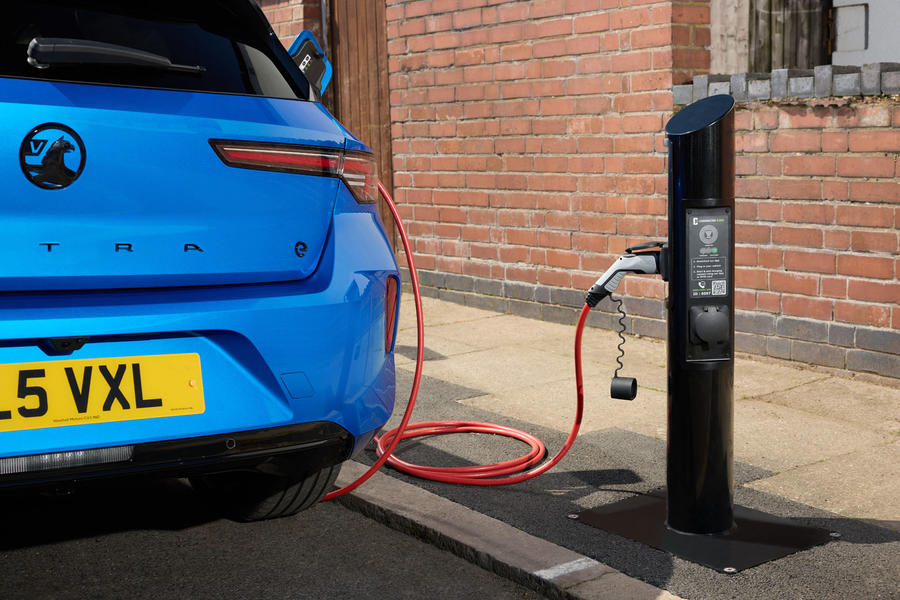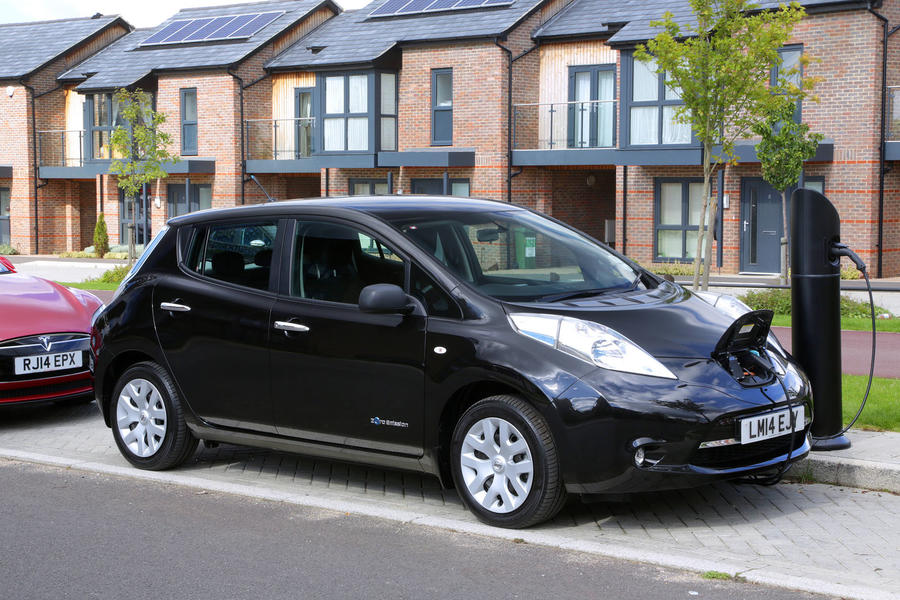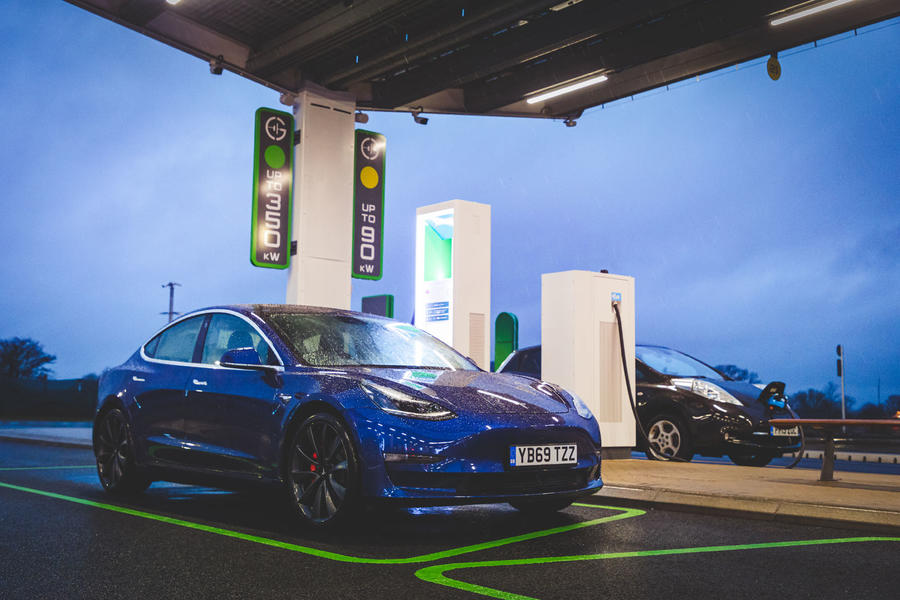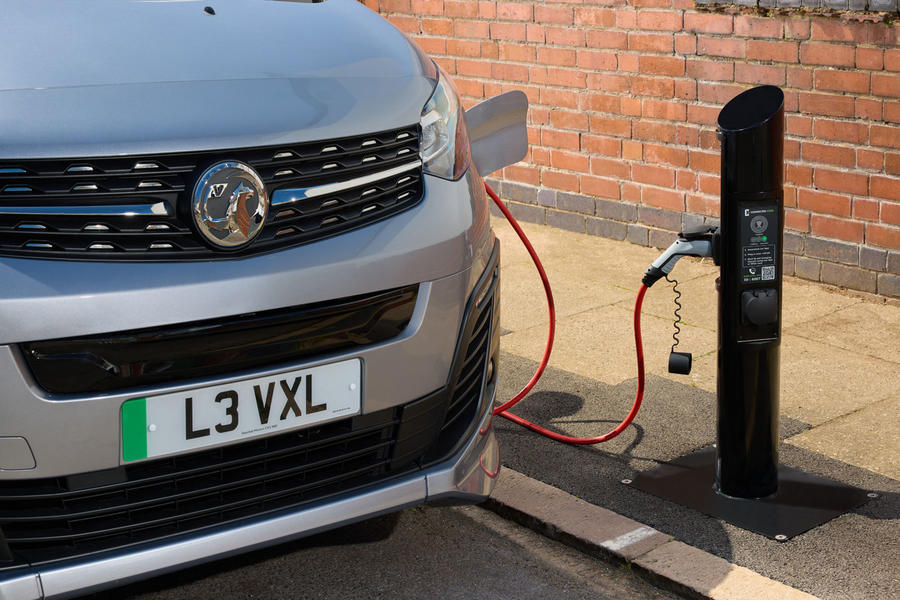Data published by Zapmap revealed that 34% of the UK’s public chargers were designated as on-street
Almost half of councils have zero plans to install residential on-street chargers in 2023
More than two thirds of UK councils have yet to install any kerbside EV chargers, with just over six years to go until the UK government’s ban on the sale of new pure-combustion cars comes into effect.
An investigation conducted by Vauxhall found that 69% of councils do not have an on-street chargepoint, and that 71.6% lack a published strategy for on-street residential charging.
Of the councils that responded to the investigation, 45% stated they had no plans to install residential on-street chargers this year.
Data published by Zapmap and the Department for Transport (DfT) on 26 July 2023 revealed that, as of 1 July, just 34% of the UK’s 44,020 public chargepoints were designated as on-street chargers.
The Energy Saving Trust estimates that 80% of electric car charging is done from home, and a 2022 survey by Zapmap found 84% of existing EV drivers have a home charger. However, roughly 40% of UK households do not have a driveway or access to dedicated off-street parking at which they could install a private chargepoint, forcing the use of public chargepoints. This rises to 60% of households in urban areas.

From 2024, 22% of all new cars sold in the UK must be zero-emission vehicles, which will place additional pressure on the public charging infrastructure. This proportion of sales mandated will rise annually, reaching 80% in 2030 and 100% in 2035. For vans, the requirements will start at 10% in 2024 and hit 70% in 2030.
Sales of new electrically-unassisted petrol and diesel cars will be banned in 2030, while sales of new hybrids with a ‘significant zero-emission capability’ will be outlawed five years later, adding further demand on the charging infrastructure.
The Vauxhall investigation stated that 14,188 new chargers are planned for installation (across 289 councils) by the end of this year. According to Zapmap, there were 45,737 public chargers in the UK as of the end of July, so if the forecast is met, the UK will have around 60,000 public chargers at the end of this year, compared with the 37,055 devices that were installed as of 1 January 2023.
The Society of Motor Manufacturers and Traders (SMMT) stated in 2021 that the UK would need at least 2.3 million chargepoints by 2030, in order to sustain the projected demand for EVs.

The SMMT published a position paper last year, noting that registrations of plug-in hybrids and battery-electric cars had grown by 280.3% between 2019 and 2021. Meanwhile, the number of chargepoints had only increased by 69.8%. This imbalance is currently less relevant, as many early adopters of plug-in cars have off-street parking and a private chargepoint to support their use, but it is expected to become an increasing challenge over the coming years.
Ian Johnston, chair of chargepoint-operator-industry body ChargeUK and CEO of Osprey, told Autocar in April that rapid-charger installations were up 180% quarter-on-quarter. Meanwhile, slow chargers – such as kerbside lamp-post points – were up 250%.
Read more: UK electric vehicle charging firms unite as infrastructure expands
A ChargeUK spokesperson told Autocar that its members had committed £6 billion in investment leading up to 2030, and that chargers were currently being installed at record rates. Local authorities have a “vital role” to play in ensuring access to chargers, said the spokesperson.
They added: “Chargepoint operators are already working closely with local authorities to deploy chargers where they are needed and take full advantage of the government’s newly opened £450 million Local Electric Vehicle Infrastructure fund.
“The government must stand firm to its commitments to phasing out new petrol and diesel cars and the critical part of the Zero Emission Vehicle Mandate must start in 2024 as promised so we can continue this rapid investment into charging infrastructure.”

Responding to the Vauxhall report, a DfT spokesperson told Autocar: “The number of public chargepoints rose by 38% over the last year – a rate that puts us well on the way to the 300,000 figure by 2030 – and we continue to work with industry and local authorities to accelerate this.”
They added that the government expects the majority of public chargepoints to be delivered by the market. It has now launched the £381 million local electric vehicle infrastructure (LEVI) fund for on-street charging and, following a pilot scheme.
Industry executives have warned of road-blocks in the rush to install more chargers, highlighting the slow pace of grid connections.
Toddington Harper, CEO of Gridserve and ChargeUK member, said in April: “Almost every issue of speed of implementation is down to the speed of grid connections. I’m not kicking the grid here – it was designed for a completely different purpose and adapting it to what we need, while keeping the lights on, is a huge task. But we can often be delayed by months or more waiting for a connection. The process you have to go through is hard at best and infuriating at worst.”
Vauxhall managing director James Taylor said: “Accessibility to charge points near your home is critical to the transition to electric vehicle ownership in the UK.
“We want to galvanise the needs and interests of everyone, from the public, to the councils and the charging operators to make sure that anyone without a driveway is part of that journey.”

In turn, the brand has launched a campaign encouraging motorists to register their charging needs, in order to help councils understand where demand lies for on-street charging.
Dubbed ‘Electric Streets of Britain’ and created in collaboration with char.gy and Connected Kerb and Surecharge, the campaign will also provide an ‘enablement fund’ of undetermined value.
“We want to help educate and inform the decision-makers, and enable the installation of more chargers, more quickly,” said Taylor.
Source: Autocar
